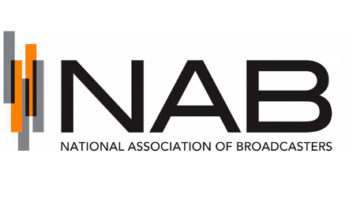The IEEE Broadcast Technology Society has partnered with the NAB to produce a free webinar on the Broadcast Positioning System.
The webinar details the BPS technology, which leverages the existing ATSC 3.0 digital TV system to transmit timing and location data. IEEE BTS and NAB propose the service as a cost-effective terrestrial complement to traditional GPS satellite-based services.

In the webinar which was recorded on Jan. 15, IEEE BTS and NAB highlight advantages that include BPS’s resistance to jamming or spoofing and other GPS satellite disruptions, including what is referred to as the Kessler syndrome.
Sam Matheny, NAB’s executive vice president and chief technology officer, Tariq Mondal, NAB’s vice president of advanced technologies and Bob Weller, NAB’s vice president of spectrum policy, all speak in the webinar, which runs a little more than two-and-a-half hours.
(Read a white paper from NAB on BPS’s uses.)
Brett Jenkins of Nexstar and Harvey Arnold of Sinclair Broadcasting also provide perspectives from existing broadcasters.
According to the webinar, 103 ATSC 3.0 TV stations are operating in the U.S. reaching 80 broadcast markets. Approximately 77% of U.S. television households are within reach of the stations.
NAB states it has been instrumental in advocating for BPS’s adoption and is collaborating with technology partners.
It also says that congressional support is needed for more rapid ATSC 3.0 adoption to enable the ability for stations to use BPS.
[Related: “Broadcasters Ask FCC to Help Move NextGen TV Along”]
The new BPS service is already being tested in the field. An existing BPS installation at WHUT(TV) in Washington, D.C., is used as an example, with equipment at WNUV(TV) in Baltimore used to receive the BPS signal. Jeff Sherman of the National Institute of Standards and Technology speaks in the webinar about test results.
The webinar can be viewed at the IEEE Broadcast Technology Society’s website.






